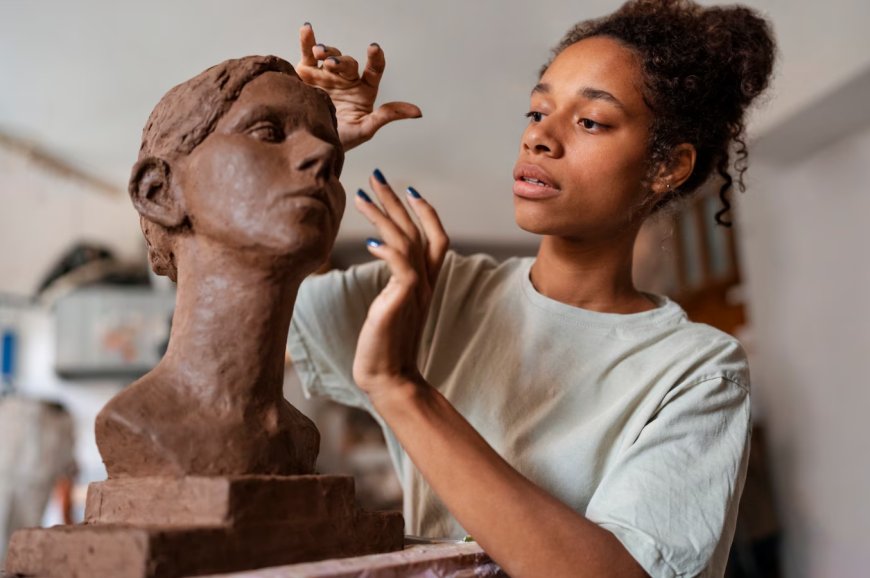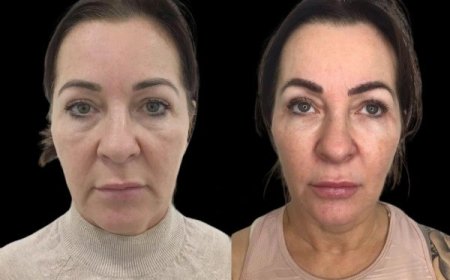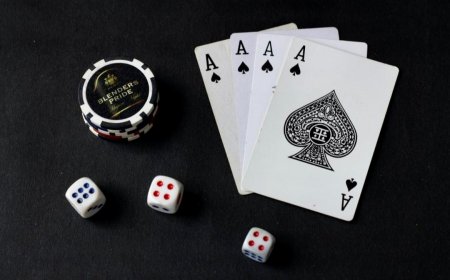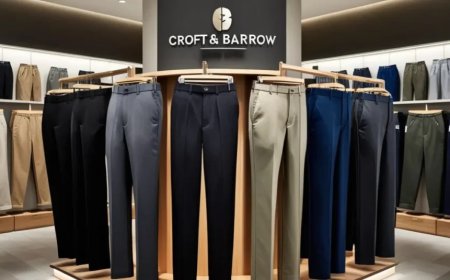The Timeless Allure of Figurative Sculpture in a Modern World

Art has always tried to explain the human experience. Among the many styles, figurative sculpture holds a unique space. It speaks through form and presence, telling stories that words cannot.
Paintings express movement on canvas; sculptures introduce life into space. They are still breathing. They dont simply share imagery of a body; they resonate with a feeling.
Where the Abstract Meets the Human
Figurative sculpture does not have to be about realism. Many of the most compelling works would be considered figurative art. These works do not represent the body, they represent the experience of being. The curves of the back, the stretch of the arm, the tilt of the say while curbed, broken, or simplified - can distort and, in that distortion, reveal truth.
Abstract figurative art does not intend to represent what we see, it intends to express who we are. The rigging of structure and suggestion express an emotional language that can transcend details. One form may express robust strength. Another may convey a sense of solitude, or resilience, or even struggle. Each observer will receive its meaning differently, and that is the gift.
Bronze, Form, and Emotion
The materials used in sculpture, especially bronze, enhance this effect. Bronze allows for sharp angles, smooth curves, and lasting finishes. When shaped with intention, a bronze figure can feel soft, fluid, and almost warm despite its solid core.
Artists often return to bronze not just for durability but for the way it holds expression. A single gesture can be frozen in time yet appear alive. A figure looking downward or stretching upward may carry silence, hope, or even defiance, depending on the viewers lens.
More Than Just a Body
What makes sculpture fascinating is its quiet complexity. It asks questions without saying a word.
-
What emotion lives in this posture?
-
What story lies in this stillness?
-
What does this figure want us to see or feel?
In a world thats increasingly fast and virtual, these solid forms around us. They ask us to pause. To observe. To connect.
Art That Feels Before It Speaks
One artist who explores these connections is Fabian Perez. Known primarily for his Neo-Emotionalist painting style, he also approaches sculpture with a similar intent to express the emotions beneath the surface.
His sculptures carry that same intensity. Whether in black, bronze, or a blend of both, they seem to step from stillness into movement. His works invite you not just to look but to feel.
This balance between precision and mystery is what makes Perezs art memorable without needing explanation.
The Importance of Figurative Art in Contemporary Culture
Why does figurative sculpture still matter?
Because the human figureabstract or otherwiseremains the most universal source of expression. Whether it speaks of celebrating beauty, grappling with pain, or questioning sight, they are based in something that we all can reference: the human experience.
They may not have a voice, but they cover it all.
Conclusion
At the end of day, figurative sculpture is not just an act of reconstituting the body, but of revealing the soul. The curves and stillness, the subtlety and nuance, allowed us to see the unseen.
As art continues to evolve and transform, the relationship between abstract figurative art and significant emotion continues to intensify. It is rarely (slightly) about the visible; it is almost always about the felt; this is the very thing that gives them their timeless voice.













































